The most frequently revised section in the NFL rulebook got another rewrite this offseason. In its continuing effort to make a notoriously injury-plagued play safer without completely abolishing it (yet), the league has made fundamental changes to the way in which a kickoff will be executed in 2018 and beyond.
Most notably, cover men on the kickoff team can no longer get a running start before the kick and their opposing blockers mostly can't build up a head of steam before the inevitable collisions, either. Eight of the 11 men on the return must line up within 15 yards of the kickoff spot, and they may not engage blocks in that 15-yard span, for the most part. Also, a touchback is now automatic when the ball hits the ground in the end zone, which will lead to earlier whistles and thus fewer blocks engaged.
It remains to be seen if these changes will indeed reduce injuries, and whether or not it does may determine the lifespan of the NFL kickoffs. It also remains to be seen whether the new setup will favor the cover team or the return team, or either of them. That's the current thinking of the top expert on the subject at One Buccaneer Place, Special Teams Coordinator Nate Kaczor.
Kaczor thinks it could be a few weeks into the season before the effects of the changes are clear, and then teams will begin fine-tuning their approach to the play on both sides.
"I don't have a guess right now as to which side this is going to favor because I think it's going to be determined by how many teams decide they want to return the football versus the ones who want to take a touchback and take it on the 25-yard line," said the man in charge of designing the Buccaneers return and cover plays. "If it starts showing that the coverage team isn't as far down the field and the blockers can get set up better and your returner is a "plus" returner, so to speak, I think you could see teams getting aggressive that way. On the other hand, if you see these adjustments favoring the kickoff team early in the season by losing some of the MDM or seal-type blocks in the back row, it might go the other way.
"Once it starts to play out, I think you'll see some adjustments once the season goes on. I don't know what everyone's initial thought will be because I still think there is some visual evidence and some data that will be gathered early in the season."
The NFL has reworked its kickoff procedure multiple times in order to reduce injuries, but for the most part the revisions were designed to reduce the number of returns…and they didn't always succeed in doing so. This year's changes may or may not have that effect, but they are also intended to make the returns that do happen safer. In effect, kickoff returns will become more like punt returns in that most of the players will be running down the field in the same direction before engaging in blocks, rather than barreling at each other at full speed.
"I think it will still look similar to a kickoff play," said Kaczor. "Where it will be similar to a punt is there will be more players closer to each other when the ball is kicked off. You're still going to have to drop back and set up with some of your players to make it look more like an old-school kickoff return. It's still going to have a lot of the usual features of a kickoff."
Here are the main changes to the kickoff rule in 2018:
- No running starts. Or, to be more accurate, a reduction of four yards in that process. With the ball placed on a tee at the kicking team's 35-yard line, cover men previously were allowed to line up at the 30 and run forward to cross the 35 just as the ball was being kicked. Now they will line up at the 34-yard line, effectively keeping them from already being at full-speed when the ball is kicked.
- A setup zone for players on the return team. Eight of the 11 players on the return team must now line up within 15 yards of the kickoff spot, which means they'll usually be standing right at midfield. This means there will be far fewer instances of a cover man zipping through the first line of blockers and meeting up with a another blocker who himself has been picking up speed.
- No blocking in that setup zone. On most kickoffs, those eight men up front will turn and head downfield in order to set up their blocks, which means they won't have an opportunity to start running towards the players they will be blocking. It is in this way that the kickoff becomes more like a punt. The only time blocking is allowed in the setup zone is when the ball hits the ground – in other words, on onside kick attempts.
- No wedge blocks, period. The NFL previously eliminated wedges of three or more players back in 2009, but did still allow two-man combos. No more. Those wedge blocks have been the source of some injuries to cover men.
- No more kneeling. Again, once the ball hits the end zone turf, it is dead, and a touchback. Previously, the return man needed to get to the ball and kneel with it to get the touchback, and if that took him a little extra time the cover men and the blockers had to go on running the play live until it was officially dead. Return men can still bring the ball out of the end zone if they catch it on the fly.
Kaczor definitely appreciates the intentions of that last rule change, which is similar to what the NCAA has already adopted.
"I think it's a good adjustment," he said. "It's an effort to shut the play down quicker for the officials. What was happening was that there were still some collisions on touchbacks. Any effort that we all can make to eliminate any contact that's going to be shut down anyway is good. It just benefits everybody to prevent that as much as possible."
Hopefully these alterations will succeed where others have failed (or had minimal effect) in terms of player safety. What is of immediate concern to Kaczor and other special teams showrunners around the league is how it will change strategy. The changes to the play were announced early in May, just before teams started holding their OTA practices and mini-camps. Kaczor and his charges have had some time to practice in the new system, albeit without any real contact. They are trying to figure out what works best, but that probably won't truly be answered until the games begin.
"All of us obviously during this offseason, as we're installing our return packages and our coverage packages, we're getting our first look at testing the different types of kicks and how much ground we can cover in the back row with three guys outside the setup zone," said Kaczor. "With all this testing that we're doing, coupled with the design limitations, we're going to have a starting point [when the season begins], but as it plays out there will probably be some adjustments."
View some of the best photos from the Buccaneers' 2018 Mini-Camp.


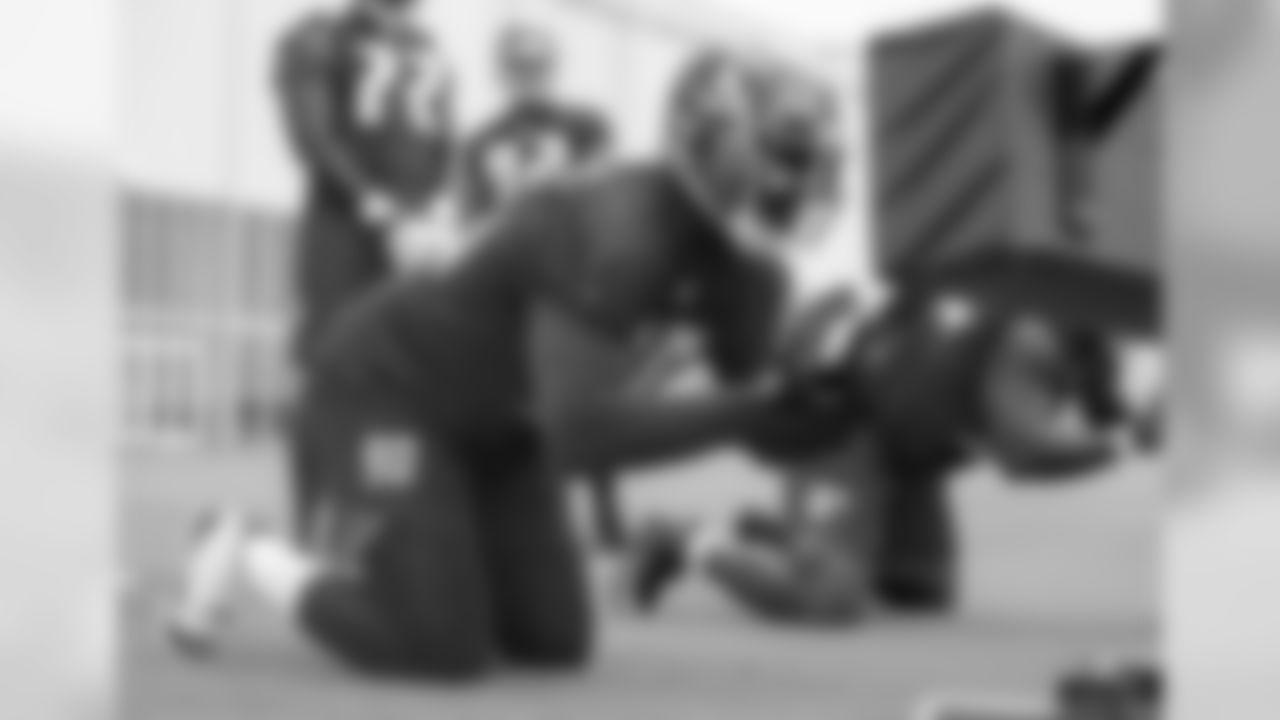
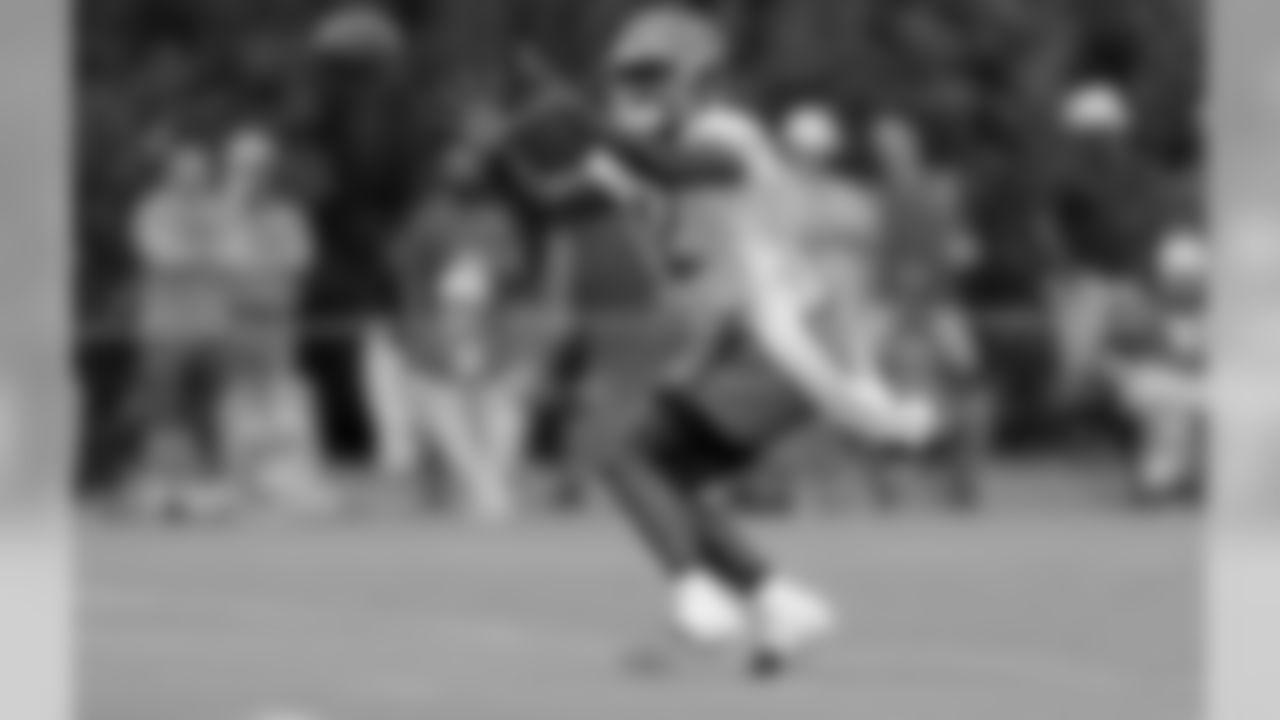
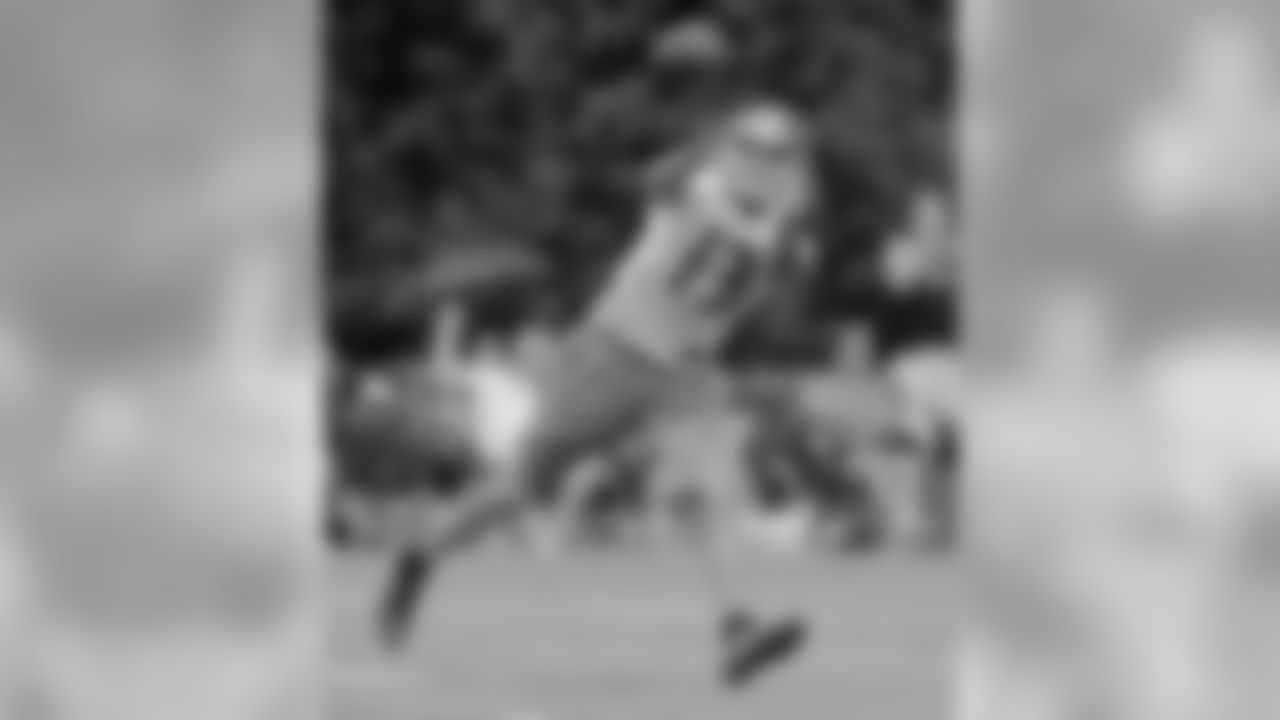
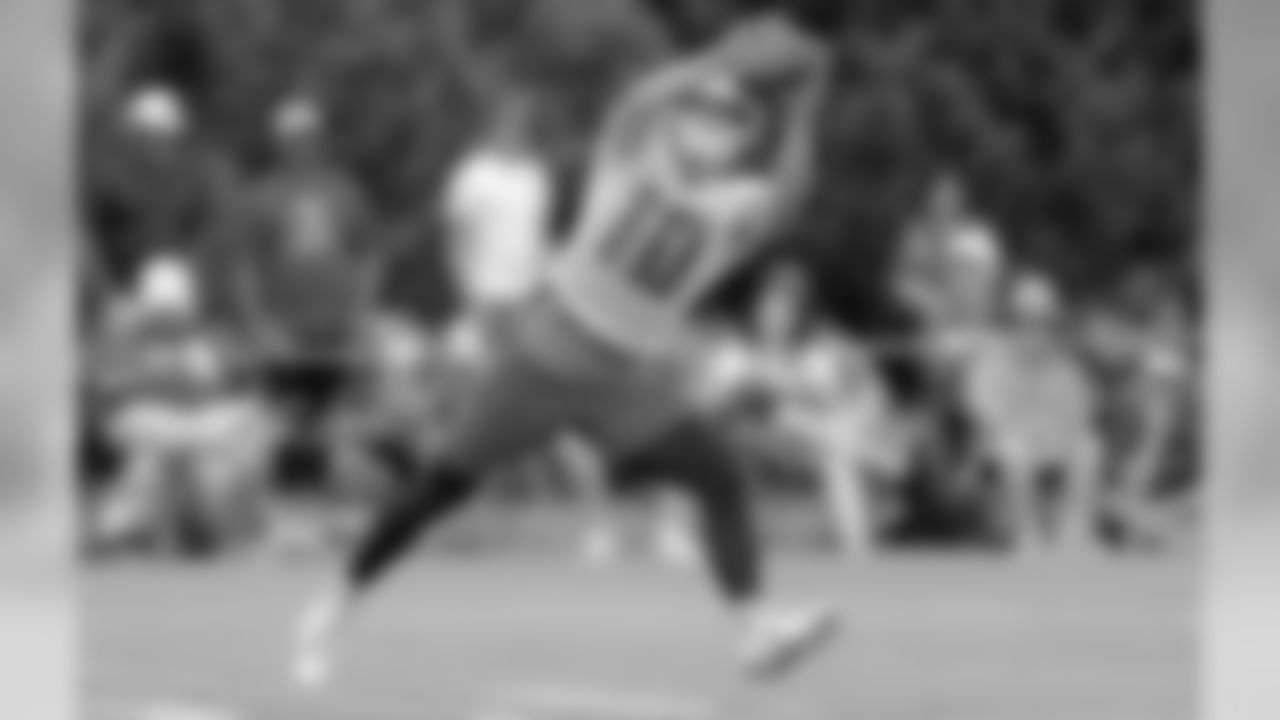
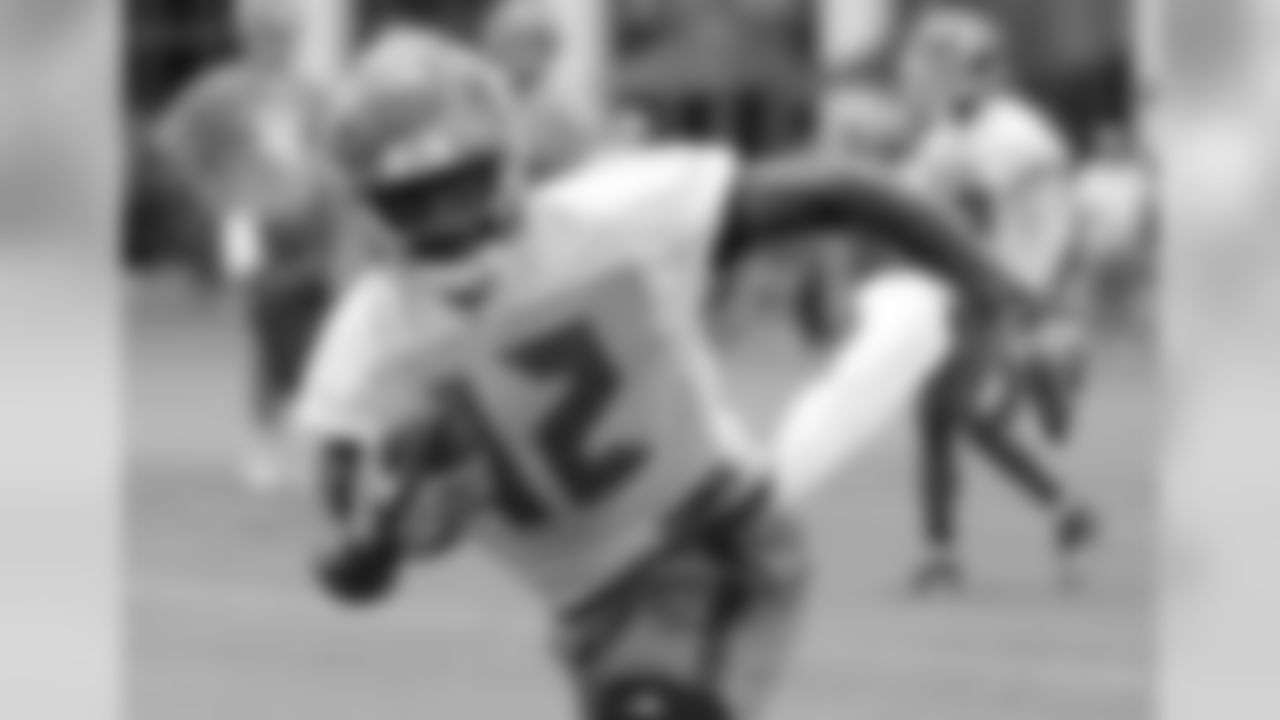
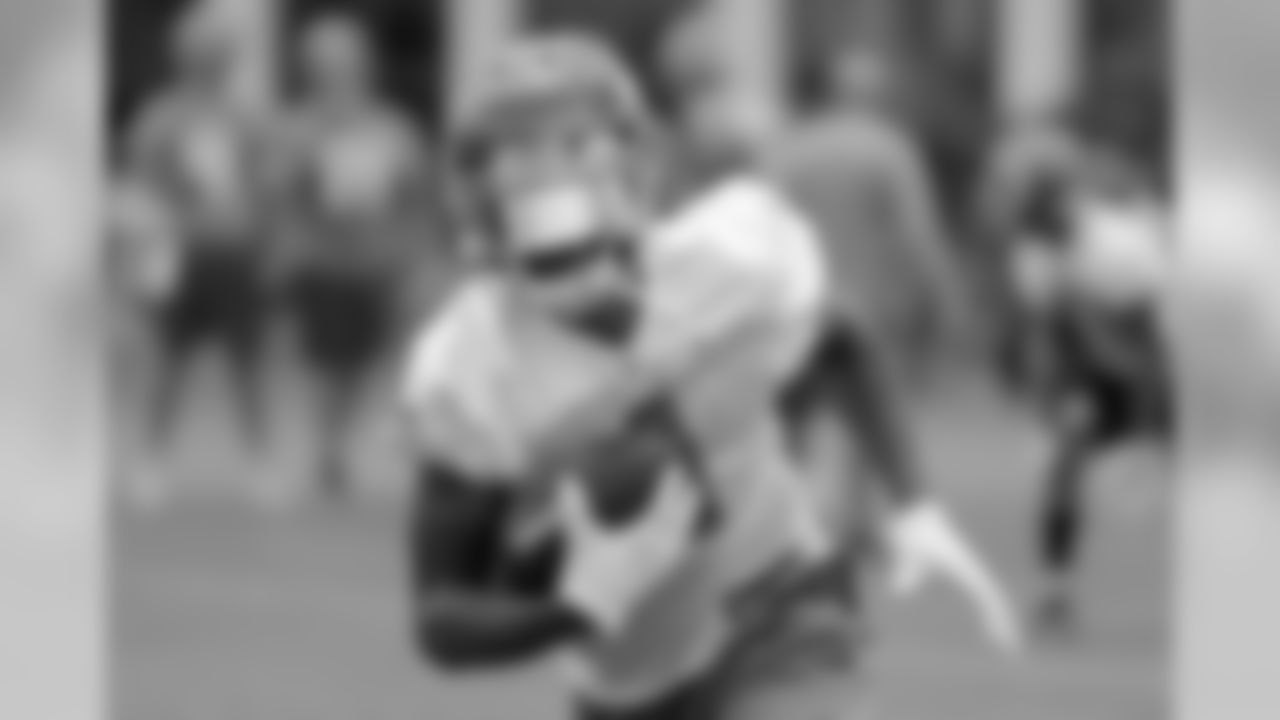


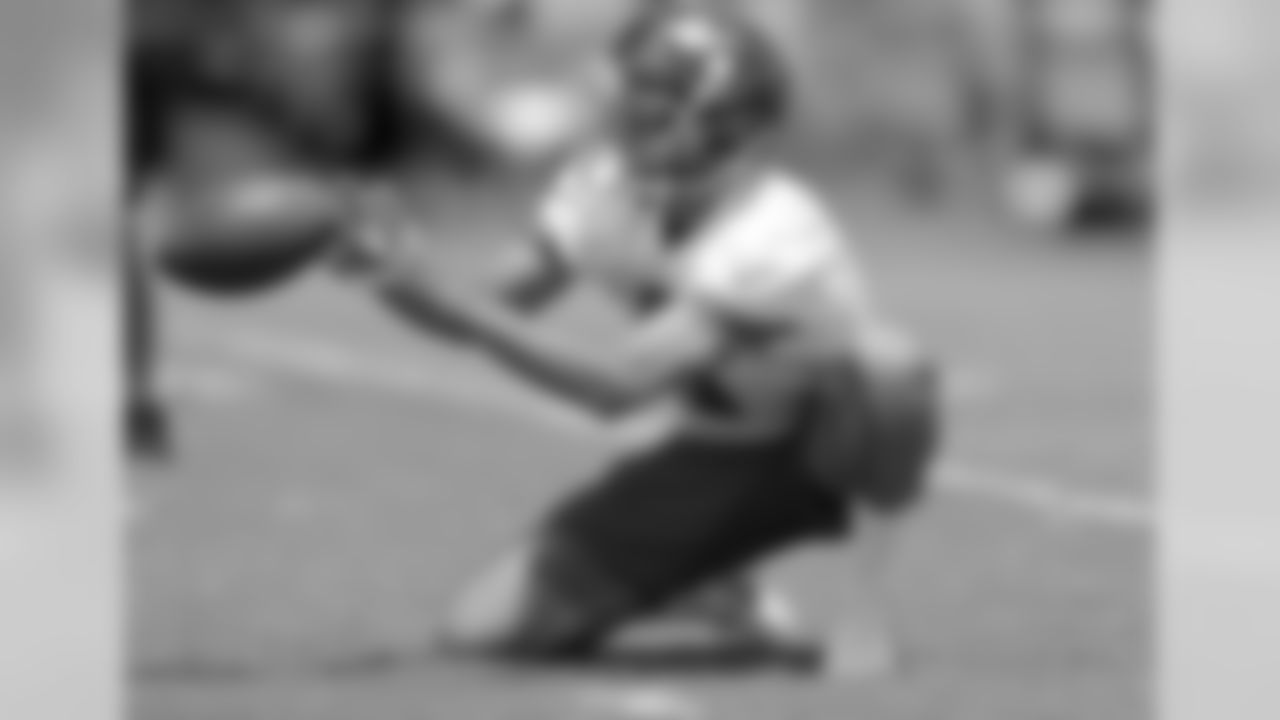
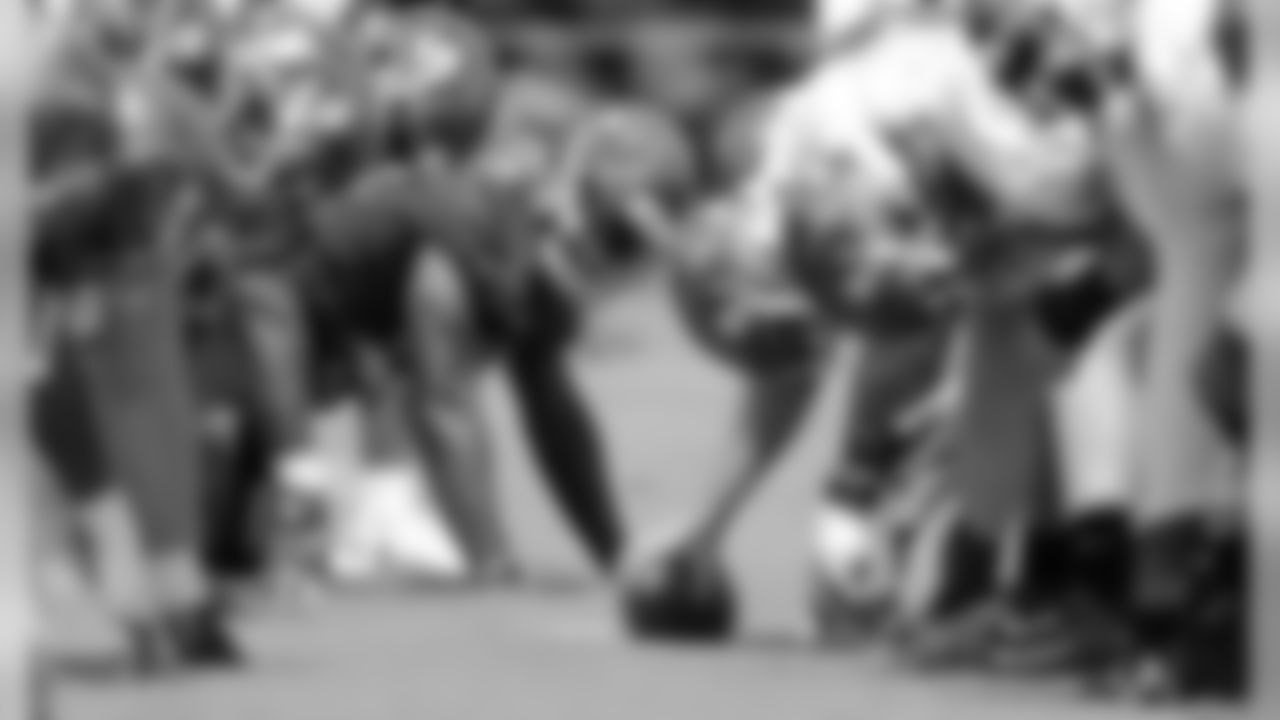
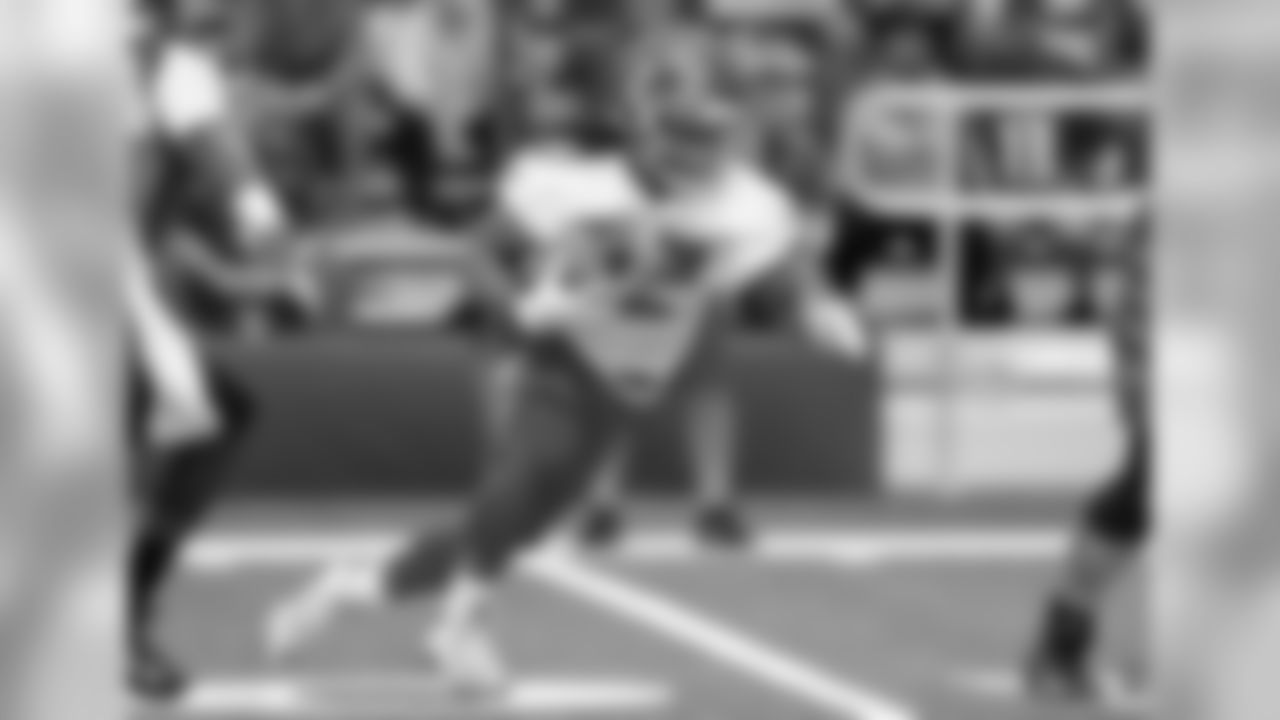

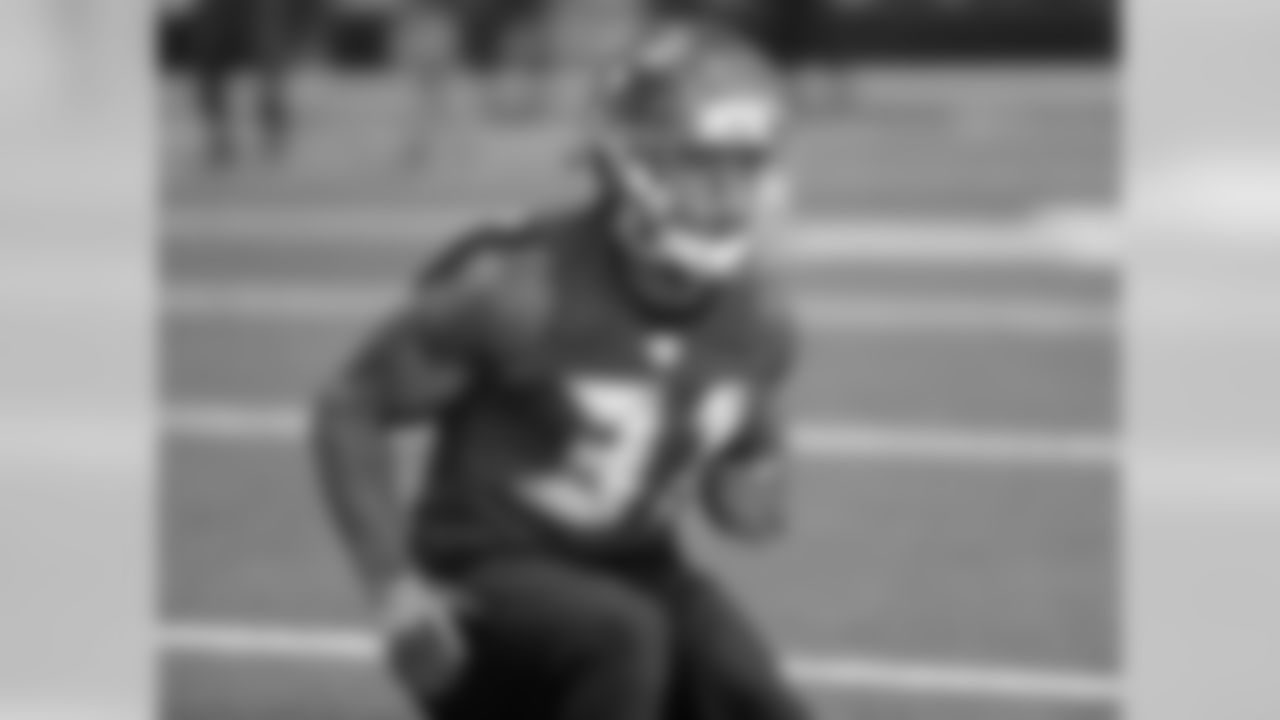





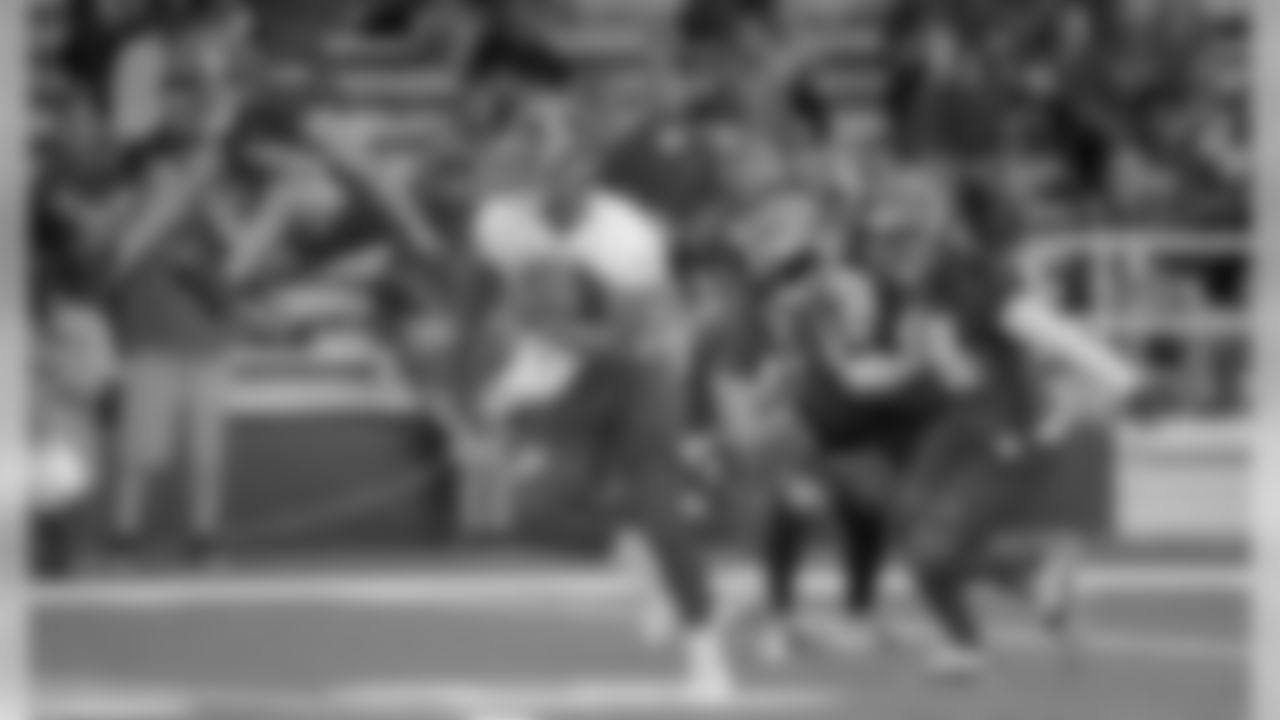
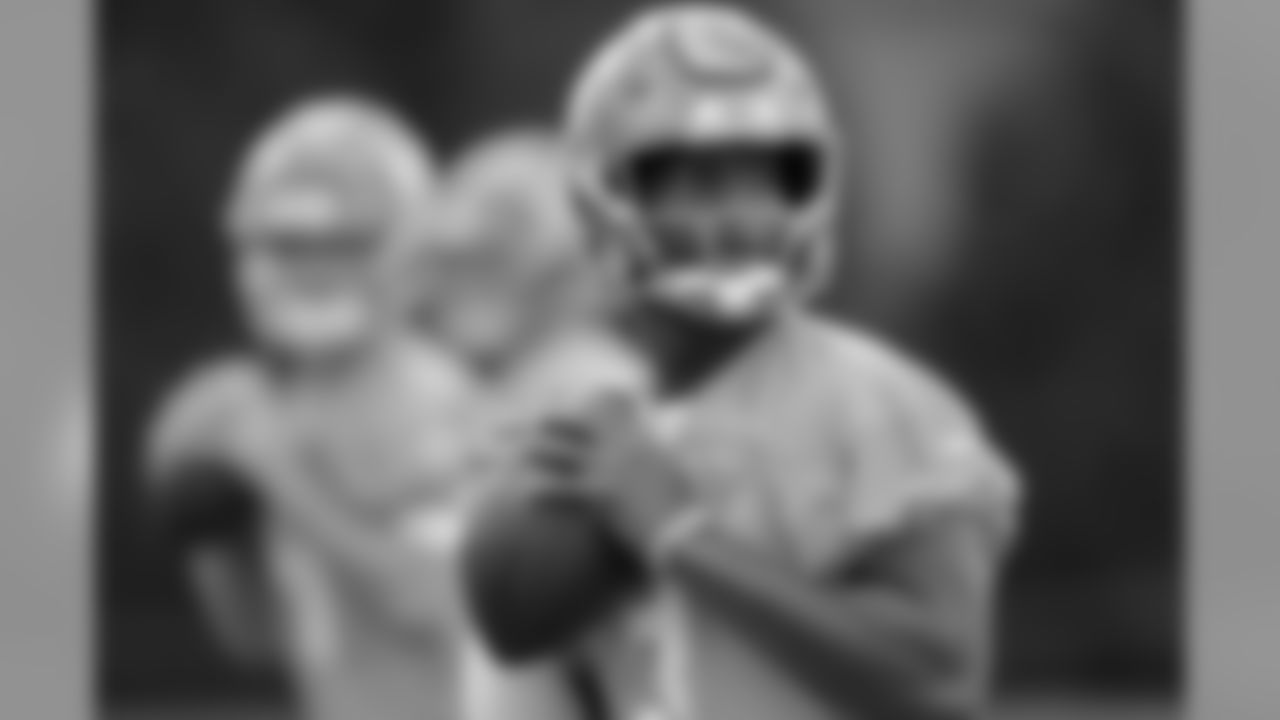


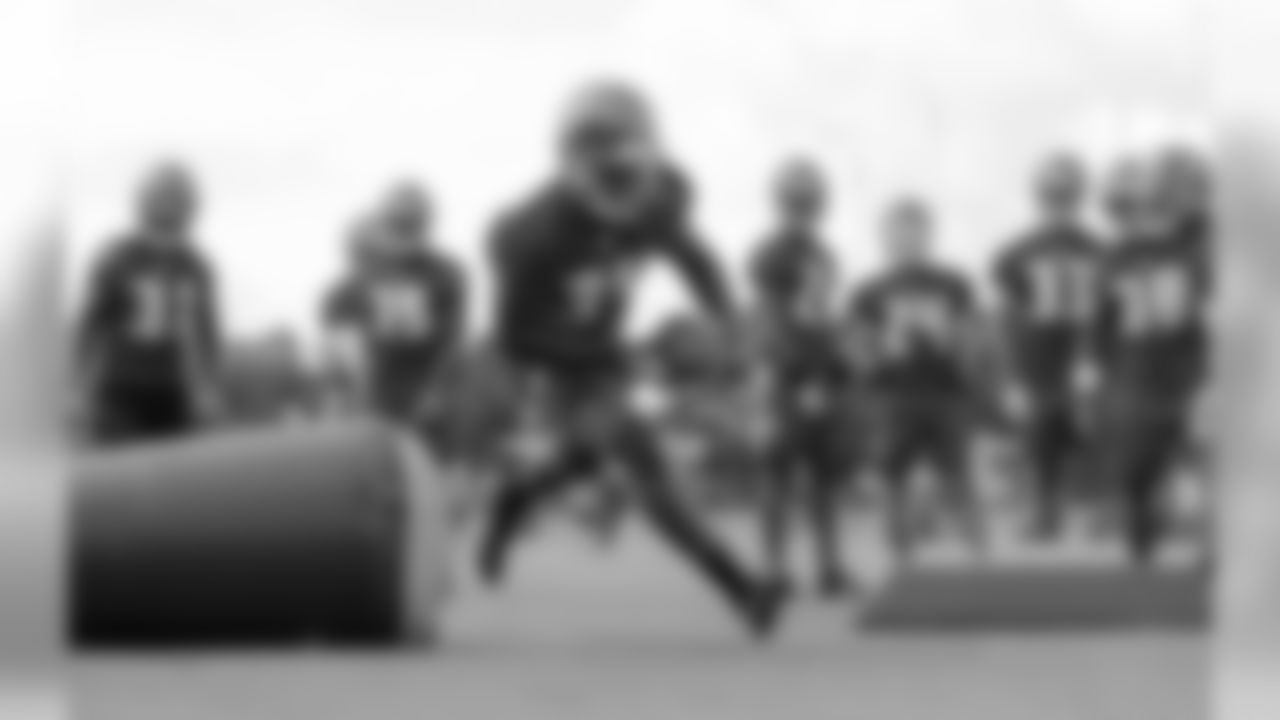
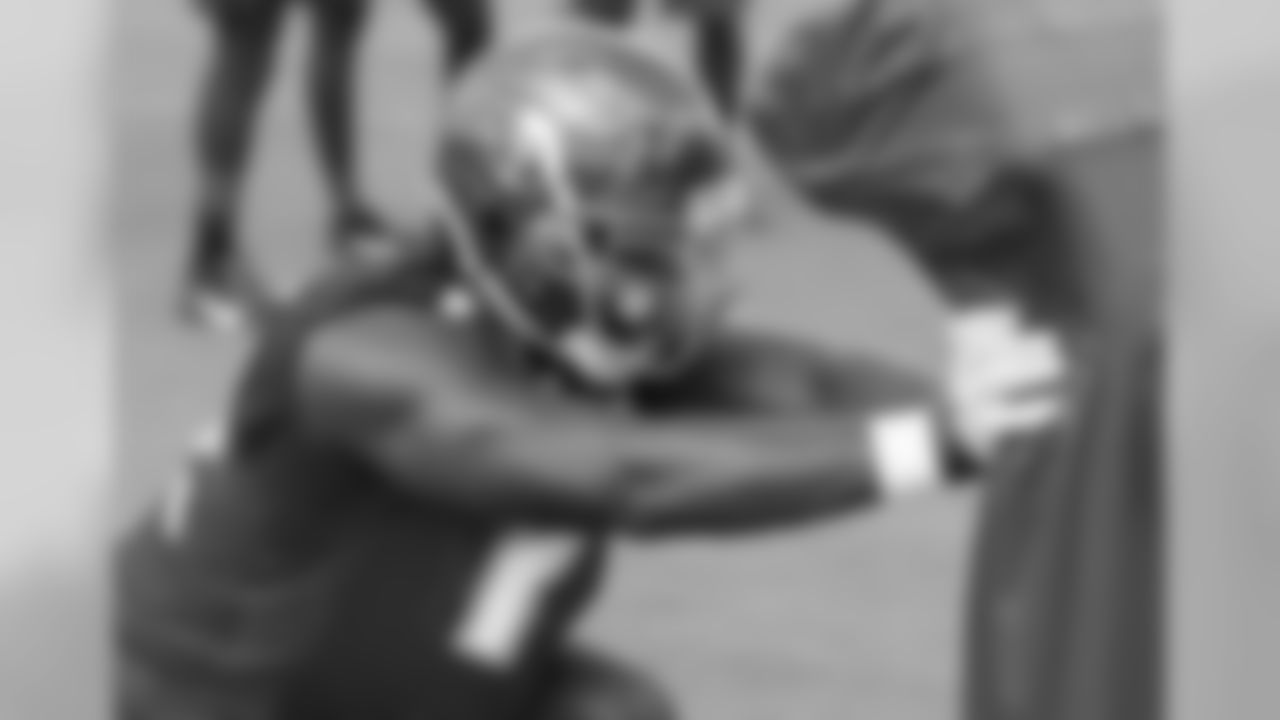
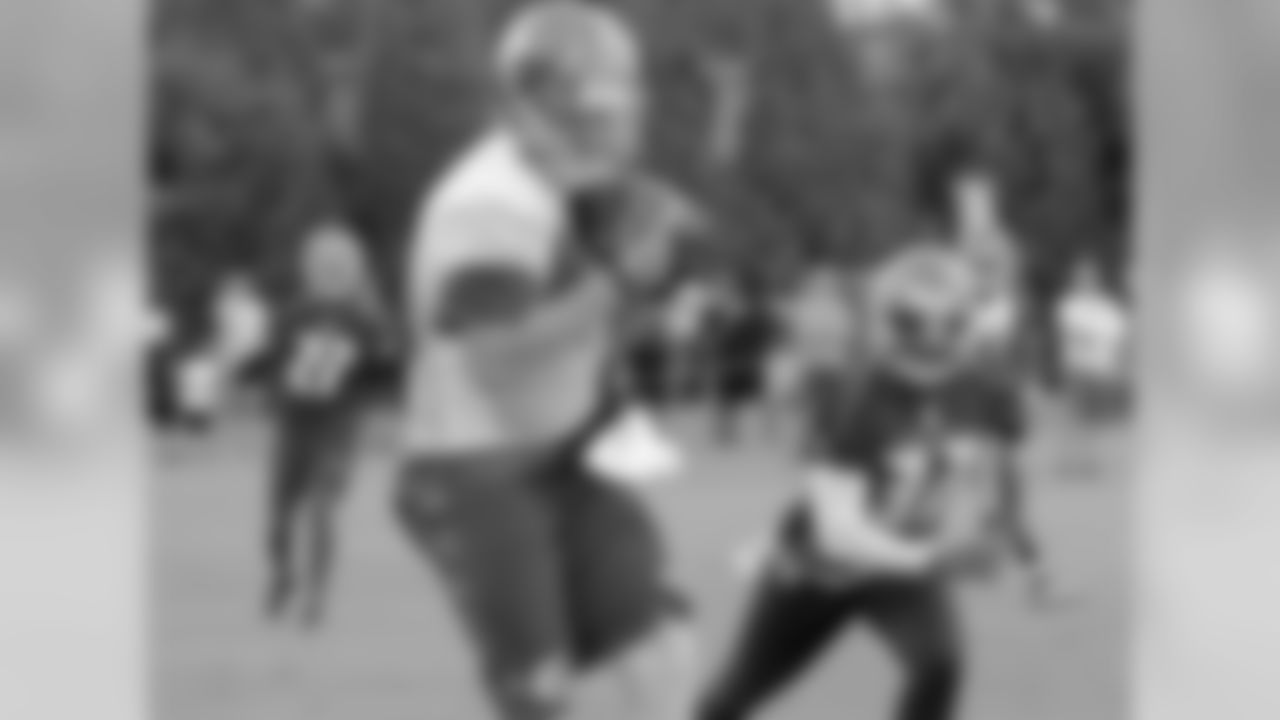
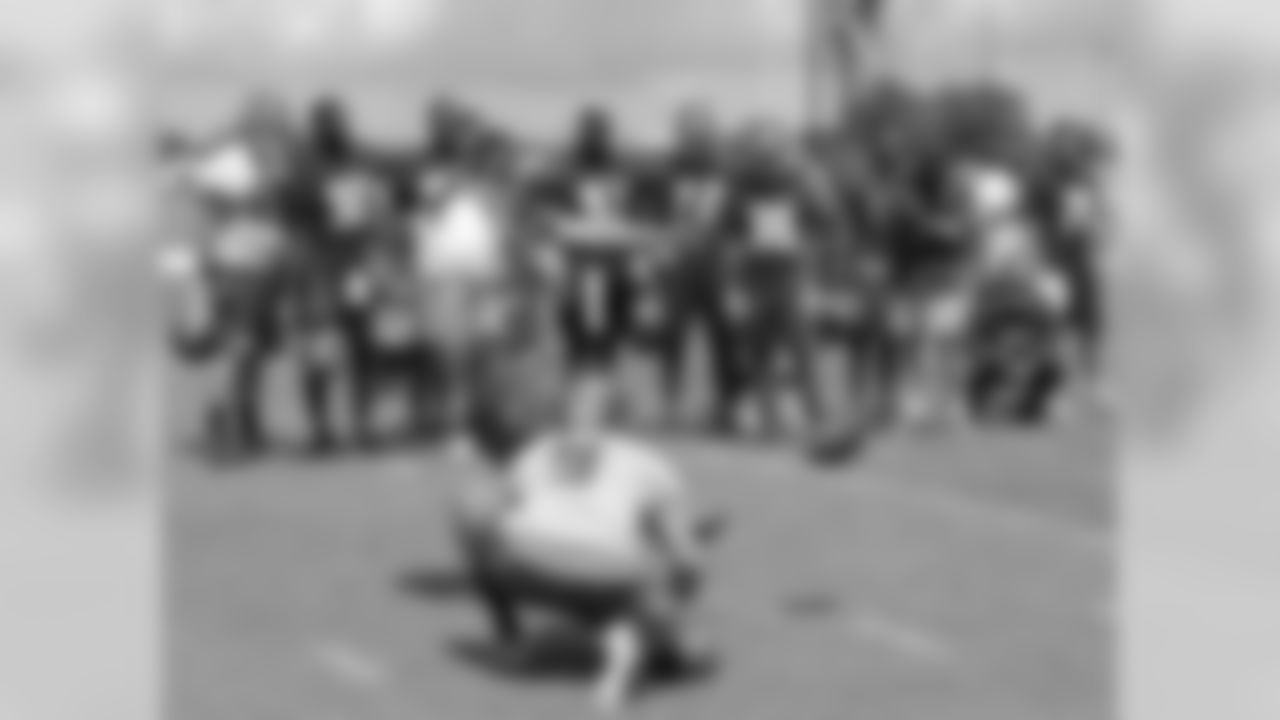

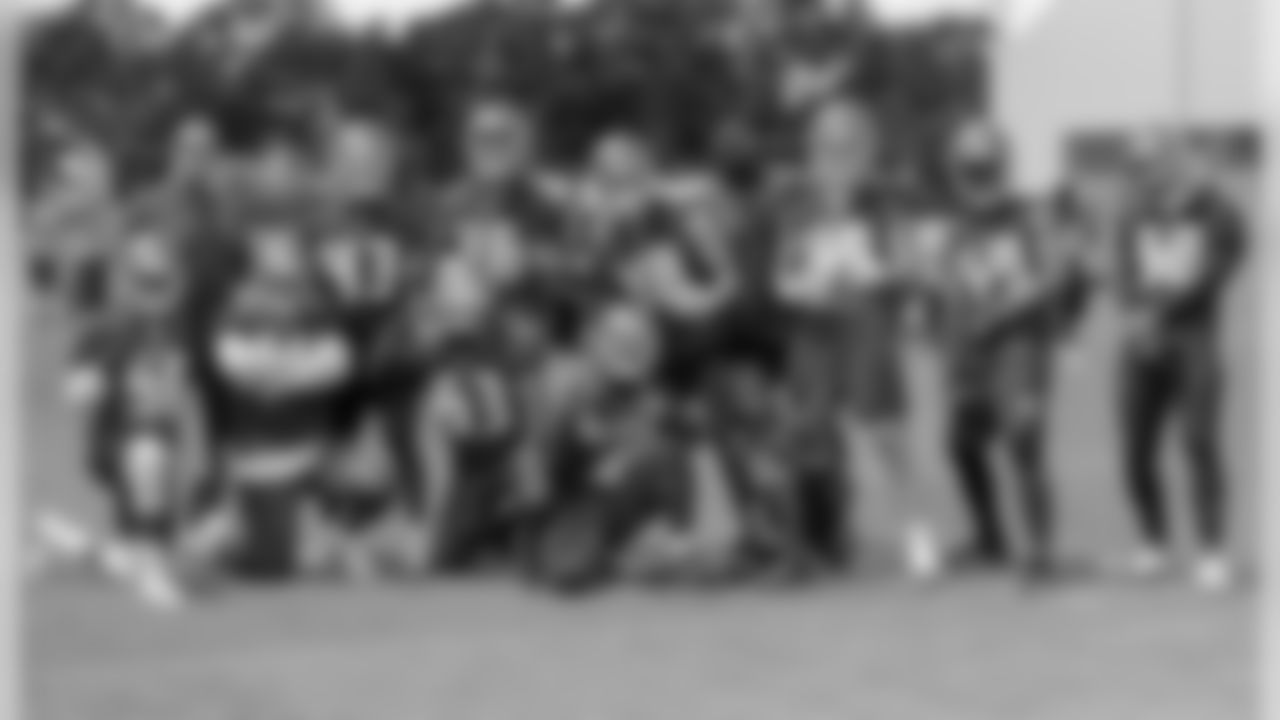
Could it help the return teams disproportionately and thus add more longer runbacks and more scores on kickoffs? If the kickoff setups become more like a punt, with the blocking more spread out and the return man more often having the chance to size up the field and choose a gap to hit, it could. Punts are somewhat more likely to produce touchdown returns than kickoffs. Over the past 10 seasons, there have been 136 touchdowns on 11,078 punt returns in the NFL, or around one per every 81 tries. In the same span, there have been 110 touchdowns on 14,587 kickoffs, or around one per every 136 tries. Kaczor can envision a scenario in which breakaway returns increase in frequency.
"I think one of the obvious questions is how much the elimination of the running head start will slow down the cover team," he said. "It's going to slow them down some. If it does slow them down to a significant degree, then in theory, even though you have more players up front in the setup zone, they may have a chance to get back and get set up better. If that's the case, your blockers could be helped by getting rid of the running head start."
Such a development might even cause teams to look at different types of return men for that particular job, and to place a little more value on the returner position.
"You could make an argument that someone with running back skills would have been more comfortable – or his skill set fit with more wedge blockers in the back – because running backs are used to running and setting up blocks that are right in front of them," said Kaczor. "That's opposed to maybe a receiver or more of a finesse, quicker-type returner where there's more man-blocking up front similar to a punt returner. It's more spread out. So I think maybe different skill sets could play into your design as well. The fewer blockers in the back and more traffic up front could maybe lend itself to a more quicker-than-fast type of returner, potentially. We'll have to see how that plays out."
Or could the new kickoff rules end up being of greater benefit to the coverage team, thereby suppressing long returns and even prompting returners and return teams to more willingly take the touchback when they can get it. Kaczor says the biggest drawback to the new kickoff rules for the return team is in having fewer eyes back near the return man. The returner will be sharing the back end of the field with just two blockers now, and that means less of an opportunity to clean up mistakes made early in the play.
"Where the return team loses, in my opinion, some of the design options in setting up returns is in relation to what we call "MDM" blocks," Kaczor explained. "By "MDM" we mean "Most Dangerous Man." When you have more guys in the back row, so to speak, if someone up front missed a block, you'd have someone in the back with eyes on that player. In the event someone missed, your guy in the back takes up the responsibility of getting the free man and the guy up front who missed could turn around and block someone else."
Premier special teams aces, like the Bucs' Josh Robinson, may end up enjoying the new setup. If they can consistently beat their blockers early in the play they more often have a free run at the return man than they did under the previous rules.
"If you were designing a return and you were going to double-team Player X because he's their best cover player, and they moved him before the play – which a lot of teams do – you could still have someone in the back row with vision on him, and block him," said Kaczor. "Now that there are only two guys back there other than the one that's carrying the ball, that obviously limits the number of players who can have eyes on a missed assignment. So I think that from a design standpoint, you lose the forgiveness of an MDM blocker. You can still produce that effect, but those guys are going to have to come from the front now. That could be an advantage for the cover team."
In addition to the changes listed above, there's another new element to kickoff coverage and return that will force teams to adjust their strategy, and potentially help the cover team. It is now against the rules for a player on the return team to hit a cover man if he is already engaged with another blocker. If a blocker on the return team is beaten but is still in contact with the player who beat him – picture a cover man powering through an attempted blocker but that blocker still having his hands on the cover man from the side – he can't get clean-up help from a teammate. Kaczor says his blockers will have to learn to fully disengage when they've been beaten and turn their attentions to finding another man to block.
Again, that will be part of a learning process which will probably extend well into the season. And if it's not yet clear how the new setup will change return and coverage strategies, it will be eventually when actual games start providing useful data. That in turn will likely lead to more strategic adjustments. The kickoff will hopefully be a much safer play moving forward. Perhaps it will be a more exciting one, too.
























